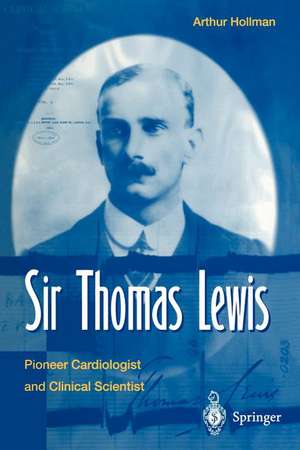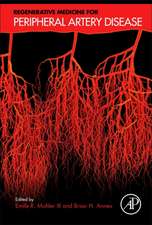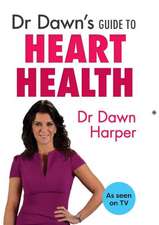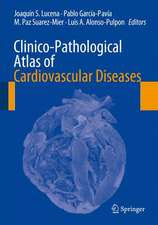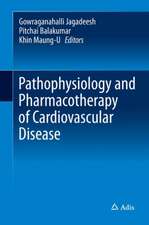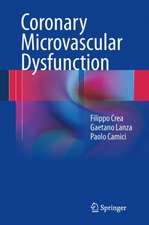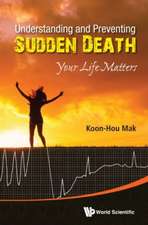Sir Thomas Lewis: Pioneer Cardiologist and Clinical Scientist
Autor Arthur Hollmannen Limba Engleză Paperback – 14 oct 2011
Preț: 717.20 lei
Preț vechi: 754.95 lei
-5% Nou
Puncte Express: 1076
Preț estimativ în valută:
137.28€ • 149.17$ • 115.39£
137.28€ • 149.17$ • 115.39£
Carte tipărită la comandă
Livrare economică 22 aprilie-06 mai
Preluare comenzi: 021 569.72.76
Specificații
ISBN-13: 9781447112372
ISBN-10: 1447112377
Pagini: 324
Ilustrații: XX, 300 p.
Dimensiuni: 155 x 235 x 20 mm
Greutate: 0.45 kg
Ediția:Softcover reprint of the original 1st ed. 1997
Editura: SPRINGER LONDON
Colecția Springer
Locul publicării:London, United Kingdom
ISBN-10: 1447112377
Pagini: 324
Ilustrații: XX, 300 p.
Dimensiuni: 155 x 235 x 20 mm
Greutate: 0.45 kg
Ediția:Softcover reprint of the original 1st ed. 1997
Editura: SPRINGER LONDON
Colecția Springer
Locul publicării:London, United Kingdom
Public țintă
Professional/practitionerCuprins
1 Early life · Family · Education · Medical School at University College Cardiff and University College London.- 2 Graduates · House appointments at University College Hospital · Research on pulse and blood pressure · Meets Dr James Mackenzie in 1908 · Becomes editor of Heart.- 3 The electrocardiograph · Elucidates atrial fibrillation and other arrhythmias · Gets his own department · Writes a mych acclaimed monograph · Meets Willem Einthoven.- 4 Appointed to the staff of UCH · Studies on the excitatory wave, bundle branch block, and ventricular hypertrophy · Research in medicine · Visit to Canada and the United State of America.- 5 The Medical Research Committee · The World War · The Soldier’s Heart and the Effort Syndrome.- 6 Department of clinical research established · Atrial fibrillation and the circus movement · Mechanism and Graphic Registration of the Heart Beat · Experimental and clinical studies with quinidine.- 7 Visits Einthoven in Leiden · Endocariditis research · Congenital heart disease · Visit to the United States of America.- 8 War injuries used as research models · The triple reponse of the skin to injury, the H substance · Monograph on blood vessels of the human skin · Physiology and medicine · Third edition of The Mechanism · Nobel Prize for Einthoven · Death of Mackenzie · Controversy over dog experiments.- 9 Has a myocardial infarction · The Harvey Film · Royal Medal of the Royal Society · Disagreement with W.H. Craib · Presentation volume from his associates.- 10 Clinical Science.- 11 Cold and the skin · Cold urticaria and haemoglobinuria · Acrocyanosis · Raynaud’s disease.- 12 Intermittent claudication · Factor P. Angina pectoris · Erythralgia · A visit to the United State of America in 1931 · R.T.Grant’s 1000 patient follow up study.- 13 Diseases of the Heart · The Harveian Oration · Completion of eight years’ work on the peripheral circulation · The last volume of Heart · Vascular Disorders of the LImbs · A second myocardial infarction.- 14 Studies of pain · The nocifensor system of nerves · Double pain response in the skin · Referred pain and tenderness.- 15 The cardiographic Department and the Department of Clinical Research · Hospital duties and teaching.- 16 Marriage · Family life · Holidays · Hobbies.- 17 The war years · Effors syndrome · Llandough Hospital · Monograph on Pain · Views on digitalis · Copley Medal · Final illness and death.- Appendices.- References.
Recenzii
"..fascinating, well written, and rewarding" British Medical Journal
